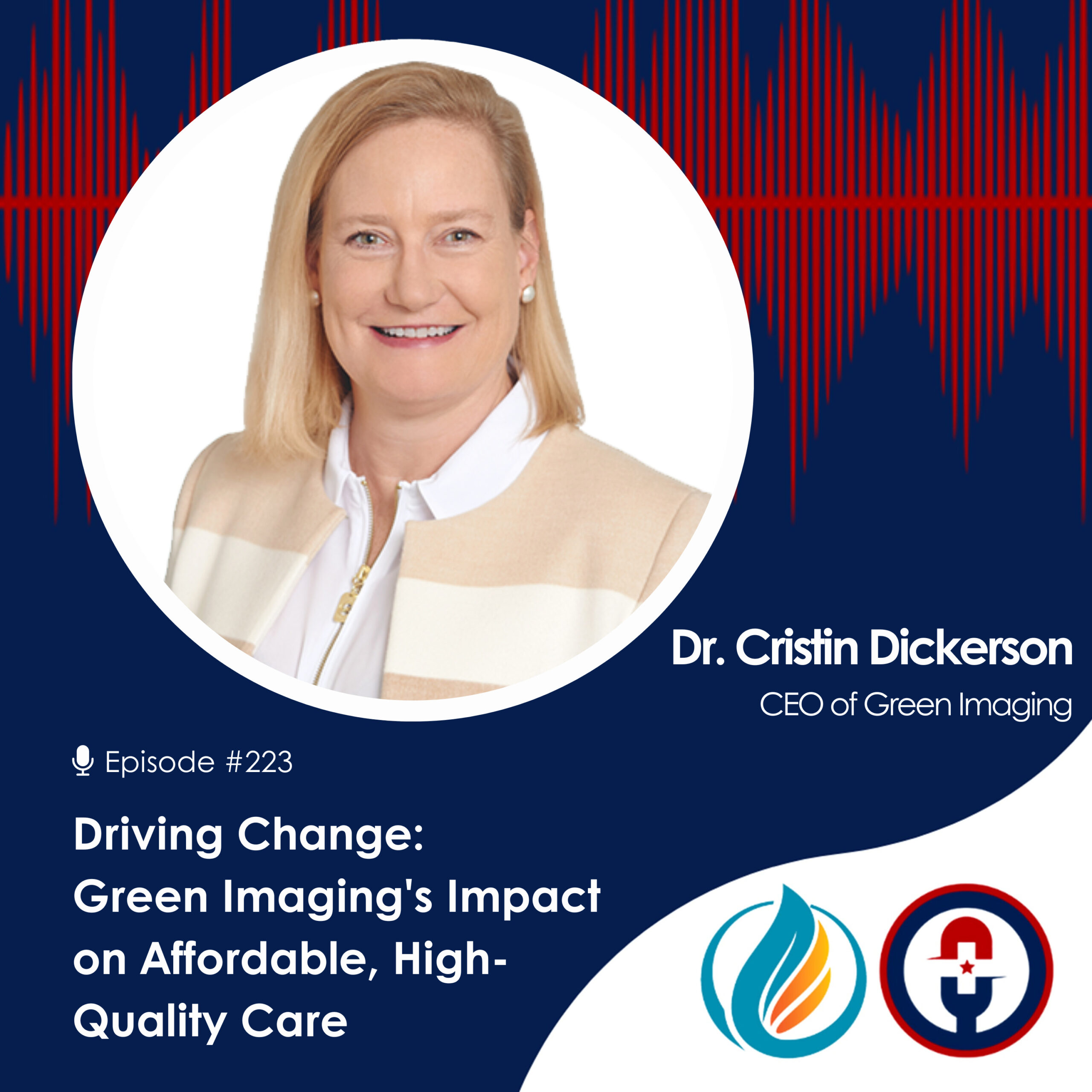Predatory Pricing and the American Healthcare System

It’s Not An Insurance Issue. It’s a Pricing Problem.
The argument over how to fund the insurance exchanges created under Obamacare and how to regulate insurance prices does not address the underlying problem of health care. The high cost of health insurance in America is merely a symptom of the true issue at hand: out-of-control and opaque pricing by some of the providers of healthcare goods and services such as hospitals, clinics, pharmaceutical companies, and other medical institutions.
While attempting to craft a policy plan that covers as many Americans as possible is a laudable goal, the real focus of our effort and attention should be on the prices themselves. What America needs is real, legitimate, price transparency. Without that, generous government subsidies or a free-market approach will have a difficult time making a discernible difference in the affordability and quality of healthcare in this country.
Predatory Healthcare Pricing?
Healthcare is not just a product. For starters, it is very difficult for patients to say “no” to healthcare services and treatments. After all, when your life or the life of someone you love is in danger, no price is too high. Most patients simply do not have the emotional bandwidth to contemplate the financial impact of treatment that might save the life of a family member, no matter how exorbitant the cost or how ineffective the medicine or treatment may actually be. Healthcare is perhaps the most emotional service a consumer can purchase, and because emotion is inextricably linked to health, it is very difficult for consumers to comparison shop in the rational, price-sensitive way they would at a grocery store or at a car dealership. This makes it very easy for hospitals and other health service providers to make an emotional appeal. After all, who is going to say no to more treatment, especially if it might save your life? Small wonder that healthcare is the number one cause of personal bankruptcy in the United States.
Strategic leveraging of patient desperation combined with obscure pricing have led to seemingly predatory pricing practices. Just follow the money. The more providers charge, the more money they make. The less transparent the prices, the more they can charge consumers and avoid potential pushback.
"Small wonder that healthcare is the number one cause of personal bankruptcy in the United States.."
--- DR. CRISTIN DICKERSON, MD
The Solution: Price Transparency
There is a reason why healthcare prices are so opaque: it's good for business. When prices are trade secrets and unavailable to the public, healthcare providers are not beholden to the market and consumers. They can charge insurance companies and the government whatever they like based on closed-door negotiations that are not public knowledge. That means someone with one health insurance provider may pay significantly higher prices for the same treatment as someone with a different insurance provider. The same applies to those covered under Medicaid and Medicare, or the 28.5 million Americans without health insurance at all. In fact, price points are so out of sorts that in some cases treatments are actually more expensive for patients with a high deductible plan for example, than those with no insurance and who choose to pay the full price out of pocket. These seemingly contradictory pricing phenomena are the results of negotiated rates wherein providers charge various business entities, the Federal Government, and each insurance company wildly varying fees. Even when patients are directed by their plan to lower cost facilities by scheduling companies, the company managing the healthcare plan frequently gets a referral fee that inflates the price, with this fee often undisclosed even to the employer footing the bill. A simple diagnostic MRI can, for example, cost a patient paying a direct fee $300 at Green Imaging, or $1,500 at another imaging facility that has negotiated much higher service fees with that patient’s insurance provider.
How did this come to be? The answer is complicated, but lobbying is a huge component.
The healthcare industry spends more on lobbying than any other industry, including the defense and aeronautics sectors. According to The Hill, 3 of the 5 lobbying groups that spent the most money in 2016 were healthcare groups: Blue Cross Blue Shield, The American Hospital Association, and Pharmaceutical Research & Manufacturers of America, in that order. And that money has had a beneficial effect on the healthcare sector. The focus on the healthcare discussion has been shifted, perhaps purposefully, to the question of insurance and has mostly allowed the providers themselves to continue to charge whatever they want.
That is why price transparency is so monumentally important going forward. As long as prices remain opaque and inscrutable, consumers will always lose. The system prevents competition. With any other service, consumers are given pricing information upfront, and they make a purchasing decision based on this information.
Take purchasing a car for example. Years ago, the price of a car would vary widely from one consumer to the next even when they were buying the same exact model. The difference was in how good they were at negotiating a price. Today, however, thanks to the Internet, consumer reporting publications, and other sources of information readily available, most buyers walk into the dealership with a good idea of what the price should be. When pricing information is more transparent, accessible, and accurate, it is much harder for a salesman to pull the wool over your eyes. Introducing a level of pricing transparency into the health care industry could be one critical way to help control our country’s spiraling health costs.
3 Reasons Why Predatory Pricing is Possible
- Healthcare is an emotional product. Lives are at stake, and therefore the typical pricing rules of classical economics no longer apply. This allows providers to charge exorbitant prices.
- Healthcare pricing is opaque. Healthcare providers negotiate different fees with different entities and insurance companies and referral fees are often tacked on. These negotiated prices and associated referral fees are considered trade secrets, and thus consumers aren’t privy to the information. This bypasses the free market and makes comparison shopping virtually impossible.
- Healthcare lobbying is perpetuating the status quo. The healthcare industry spends more than any other trade organization or market sector. All this money flowing into Washington serves a single purpose: to advocate for and advance the interests of healthcare providers.
The Green Imaging Difference
At Green Imaging, we do not play by industry rules. With Green Imaging you can save from 50 to 80% of your out-of-pocket costs for MRIs, CT scans, ultrasounds, and other high-quality imaging services. Affordable MRIs start as low as $250, compared with $1,600 or more at other imaging facilities throughout Texas.
Don’t pay secret rates for an MRI. Go Green Imaging instead!








